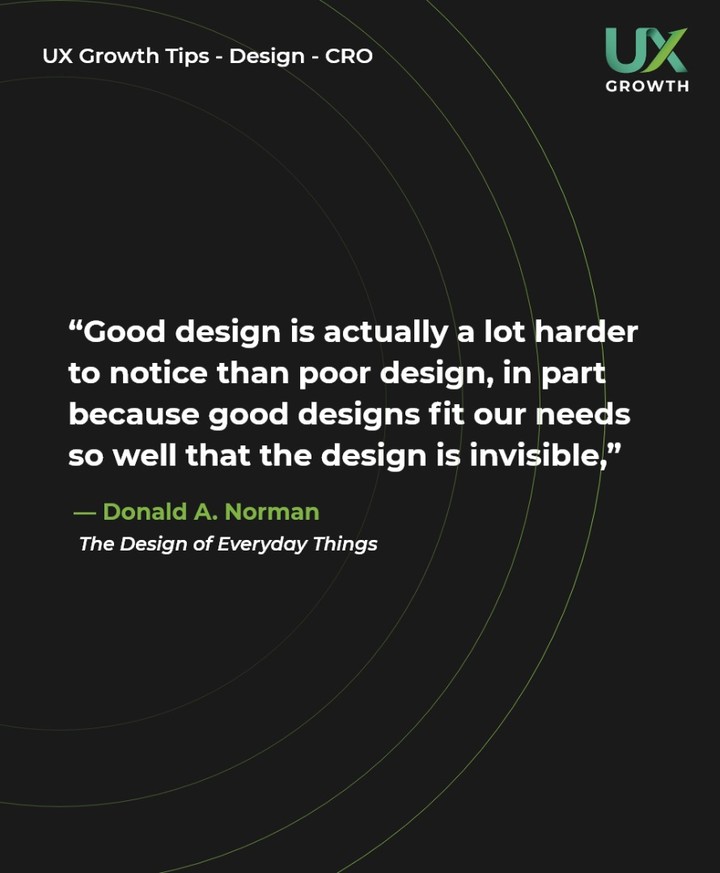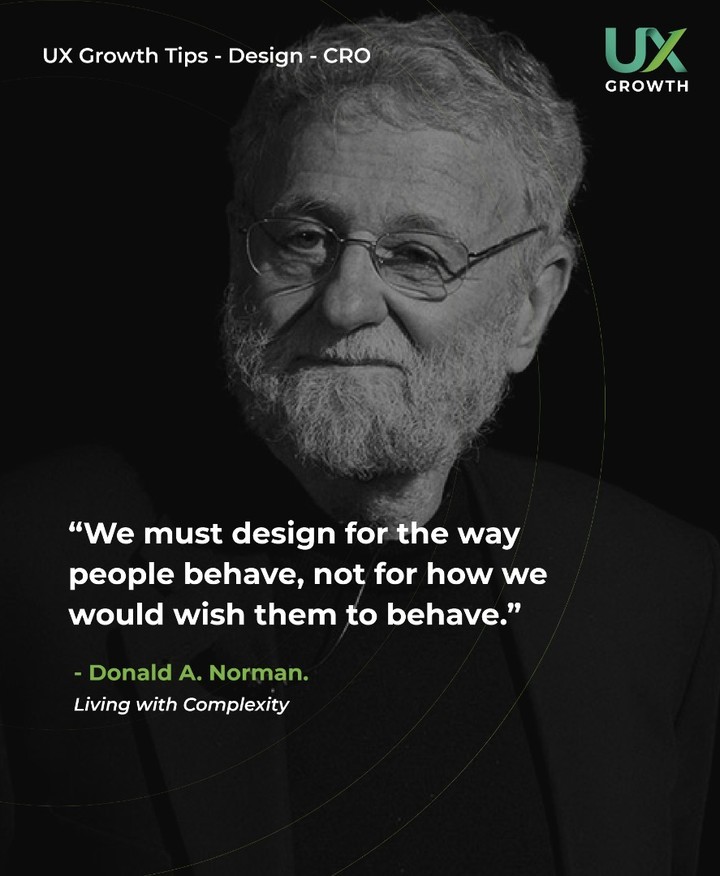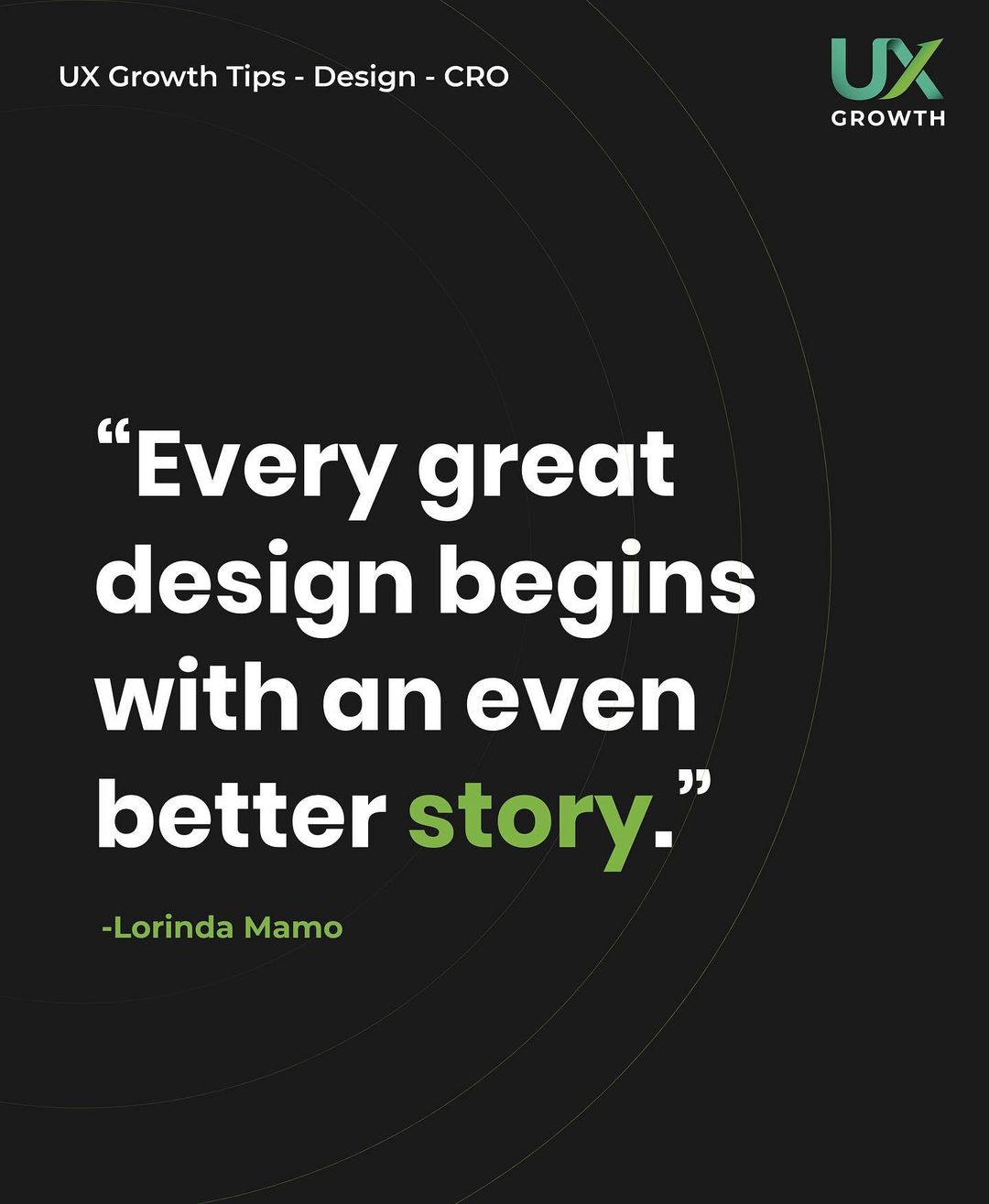Design Thinking: Unraveling the Non-Linear Pathway to UX/UI Mastery
In the ever-evolving domain of user experience (UX) and user interface (UI) design, the ability to navigate complex problem-solving scenarios is paramount. This is where Design Thinking becomes a crucial methodology for designers, serving as a compass to guide their creative and analytical processes. The Design Thinking approach stands out from traditional problem-solving methods with its insistence on addressing both clear and ambiguous aspects of a problem. It's an approach that doesn't just skim the surface but dives deep into the nuances that inform the conditions of the problem at hand.
The Iterative Cycle of Empathy and Experimentation
The Design Thinking process begins with empathy. Empathy goes beyond mere sympathy or understanding; it's a profound dive into the user's world, aspirations, and challenges. It's about walking in their shoes to garner insights that are often missed by a less immersive approach. This empathetic understanding is the first cornerstone in building a solution that truly resonates with users.
The second phase is to define the problem. With the insights gained from empathy, designers can pinpoint the exact problem to be solved. This definition phase is about distilling the complex into the manageable, transforming a vague idea into a targeted challenge that can be addressed.
Then comes ideation, a phase that liberates designers to brainstorm and explore a myriad of possibilities without the constraints of feasibility and practicality. It’s a brainstorming session gone wild, where the most innovative ideas often stem from the most unorthodox suggestions.
Prototyping is the tangible manifestation of ideation. It's the phase where ideas are transformed into testable artifacts. These prototypes don't have to be perfect; they are the physical forms that represent solutions and are meant to provoke feedback and evoke further creativity.
Testing, the final stage, is not the end but a part of an ongoing process. It's the rigorous trial that ideas undergo, and from which they either emerge as solutions or return to the ideation phase with newfound knowledge. This is the stage where assumptions meet reality, and where the practicality of solutions is truly assessed.
Challenges Along the Way
Despite its structured appearance, the Design Thinking process is inherently non-linear. It loops and circles back upon itself. It's common to find oneself revisiting the empathy phase after testing a prototype or redefining the problem after a bout of ideation. Each cycle through the phases deepens the understanding of the problem and refines the solution.
One of the challenges designers often encounter is the reluctance to let go of their first idea. There’s a natural tendency to fall in love with one’s creations, but the iterative nature of Design Thinking requires a willingness to discard and start afresh. This can be emotionally taxing but is essential for growth and true innovation.
Another hurdle is the misalignment between team members, particularly in interdisciplinary teams where members have varied expertise. The key to overcoming this is effective communication and the establishment of a shared language and understanding of goals.
The Contextual Adaptability of Design Thinking
The current global context has imposed additional layers to the design challenges. Now, more than ever, the need for designs that are not only aesthetically pleasing and functional but also empathetic to the user's circumstances is evident. Designers must now factor in the global shift towards remote interaction and the heightened awareness of health and safety.
The Perpetual Journey of Improvement
Design Thinking is not just a process but a mindset. It's about accepting that the journey to a solution is rarely straight and often requires revisiting the same paths with a fresh perspective. In UX/UI design, this approach is invaluable in creating products and experiences that are not just functional but also meaningful and relevant to the user.
As we continue to navigate these complex times, let's embrace the iterative nature of Design Thinking. Let’s use it to craft solutions that are not just immediate fixes but stepping stones towards a more intuitive and human-centric design future. Share your experiences, discuss the challenges, and let’s grow as a community of thoughtful, innovative designers.



